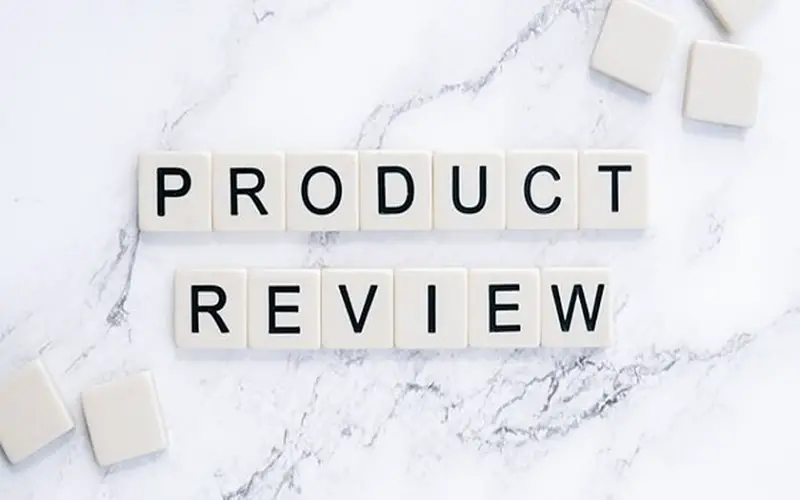Product testing is a critical step for any new brand or business. Before launching your product to the market, it is essential to identify potential issues and understand how customers will respond to your offering. Product testing aims to ensure that your product will be safe, reliable, and high-quality.
How you test your product will depend on the type of product you are working on and the resources available to you. If you have a product that needs to be shipped and tested, consider a third-party testing firm to help. If you have a product that you plan on selling online, these testing methods are designed to help you evaluate the product before launch.
Environmental Testing
Environmental testing helps to ensure that your product will be safe and reliable in various conditions. This includes extreme temperatures, moisture, dust, vibration, photoperiods (daylight), and other parameters. Environmental testing aims to simulate the conditions in which your product will be used and ensure it works as intended.
The environment in which your product will be used can vary significantly from location to location. For example, an outdoor product may need to withstand wind, rain, and extreme temperatures.
Beta Testing
Beta testing is where a larger group of people are given access to the product in its early stages. They then use the product and provide feedback, which can be used to help refine the product before launch. This testing requires more resources, but it also gives you a better idea of how the public will respond once your product is launched.
It is an ideal way to test a product’s functionality and understand how people interact, especially if you are launching a complex product.
Stress Testing
Stress testing is an important step that involves putting your product through rigorous tests to determine how it will perform under extreme conditions. This type of testing helps you identify any potential weaknesses and understand how resilient the product is to external factors such as temperature changes or pressure fluctuations. It also allows you to identify any safety or performance issues that may need to be addressed before launch.
Ideally, it would be best if you did stress testing in an environment resembling the product’s intended use. This ensures that you can accurately assess its performance under those conditions.
Quality Assurance Testing
Quality assurance (QA) testing focuses on ensuring that a product meets all requirements and standards set by the company. This is done by a team of testers who will manually evaluate the product’s features, usability, and performance.
This testing is critical to ensure that your product is safe, reliable, and high-quality before launch. It also helps you identify any bugs or issues that may need to be addressed before launch.
In software development, QA testing is usually done in a controlled environment where the testers can monitor and control all variables. This helps ensure that any issues are accurately identified and resolved before launch.
Stability Testing
Stability testing is a process of evaluating how the product will perform over an extended period. This type of testing helps identify potential problems that may arise due to long-term use and can be done in both physical and online environments. If you operate a pharmaceutical company, stability testing is used to evaluate the effectiveness of a drug over time. It is important to note that stability testing will require significant resources and should only be done if necessary.
Lifecycle Testing
Picture this as the final inspection before launch. Lifecycle testing evaluates the product over its entire development cycle to ensure that all requirements have been met and any issues identified during the earlier stages of development have been addressed. This is a crucial step, as it helps you identify any lingering problems and verify that your product is ready for launch.
It is important to remember that manufacturers should do lifecycle testing with a team of experts who can accurately evaluate the product and identify any potential issues. This ensures that your product is as polished and ready for launch as possible.
User Acceptance Testing

The final step in the testing process is user acceptance testing. This test requires an actual user to evaluate the product and provide feedback on its features, usability, and performance. This is a great way to get real-world feedback from the intended target market and ensure that your product meets their needs.
User acceptance testing allows you to refine the product before launch and ensure it is as user-friendly as possible. It also helps to ensure any potential issues are resolved before the product is released to the public.
Testing is essential to product development and should not be overlooked. It helps to identify any potential issues before launch, allowing you to make sure that your product is as safe and reliable as possible. By following this testing process, you can ensure that your product meets all requirements and standards set by the company and ensure a successful launch.




